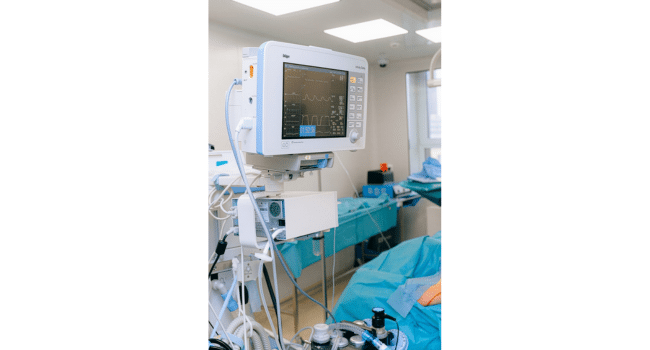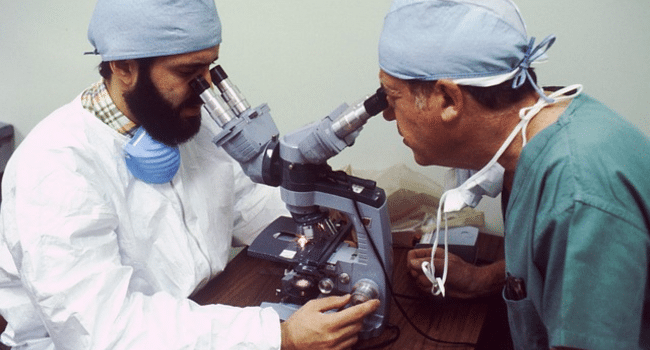Table of Contents
The field of medicine is one of the most important disciplines in modern society. For thousands of years, humans had a life expectancy below 50 due to poor habits and the spread of disease and other infections. However, it was through the efforts of millions of brilliant scientists that these threats were brought under control, allowing people to live healthier than ever before. Moreover, new trends in technology and AI are rapidly changing how doctors care for patients. It is an exciting time for the field of medicine, and it is continuously seeing more investment and research, leading to even more inventions that are now helping patients recover faster.

Robotic Surgery Systems
One of the biggest innovations in the medical industry is the use of robotic surgery systems. These systems may be crucial in doctors’ ability to treat patients who need surgery the most in the coming few decades. This is an incredibly complicated system that has undergone development over the years and is finally refined enough to be used in some parts of the world for incredible medical achievements. One of the most popular types of this system is called the da Vinci System, which doctors use in the most advanced hospitals in the world. This device is used to create tiny incisions in the body of the patient, specifically the area where surgery is to be performed. The device uses these tiny incisions to create the desired effect, whether it’s unblocking an artery or stopping blood loss. With time, this device will be readily available in more hospitals, reducing recovery time throughout the world.
Exoskeletons
Exoskeletons are an interesting invention that most people associate with sci-fi movies and armies. However, it’s just as useful in a medical context and has been widely adopted by hundreds of hospitals all over the world. Exoskeletons are used by doctors during surgery, especially surgeries that are intensive and take hours to perform. The surgeon is always responsible for the patient, and exhaustion can have devastating effects, as even if the doctor’s hand becomes a little unsteady, it can have fatal complications for the patient. Doctors wear exoskeletons during these intense surgeries and help to provide support, which can prevent exhaustion. Patients are also more willing to go into exoskeleton-assisted surgeries as the surgeon is still the one in control.
3D Printing
3D printing is a technology that has been around for years and has seen massive improvements and developments during that time. Having the ability to design anything you want, even at home if you need to, can change the world as long as the technology is sound. Recent advancements have allowed this technology to be used in hospitals. While printers used to take hours to create a single item before, now they take significantly less time, which is helpful during emergencies. Instead of having to source or find specific parts like catheters or surgical equipment, they can simply be printed in the hospital, reducing waiting times for patients and allowing them to recover faster.
There is also significant optimism that 3D printing will aid in organ transplants. Instead of placing patients on waiting lists for many months and hoping they don’t die before a donor becomes available, doctors will be able to take stem cells and print new organs for their patients. Although 3D printing applications for transplant surgeries are still in development, it is one of the most exciting new technologies that could be in use by 2030.
Wearable Health Devices
Wearable health devices are incredibly popular throughout the world and have been in use by millions of people for nearly a decade. These devices range from the more commercially available, like smartwatches and fitness trackers, to specialized equipment that is leased by medical companies. These devices are integral in both speeding up recovery and preventing illness by continuously measuring things like heart rate and blood oxygen to make sure the wearer is not experiencing symptoms that indicate an emergency. For patients with chronic illnesses, these devices can be linked to systems operated by private companies that provide remote health services, helping out in case of a coma, seizure, heart attack, etc., and can be linked with medical device ERP to provide a better standard of care.
Conclusion
While modern healthcare is rightly considered one of the biggest achievements of society, it still has its limitations. Doctors today know more about the human body than they ever did before, but there are several gaps left in medical knowledge about diseases and things afflicting patients. This means that millions of patients are unable to get the care they need to get better. Luckily, researchers and scientists around the world have been able to develop sophisticated devices that aim to help these patients and allow them to lead healthy lives.
Read more on KulFiy
